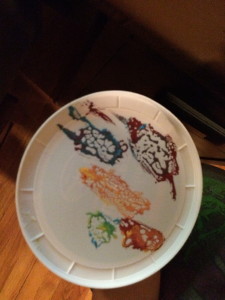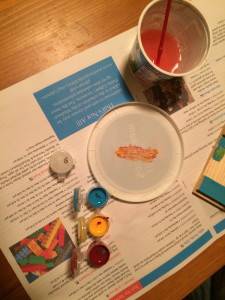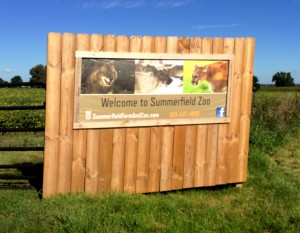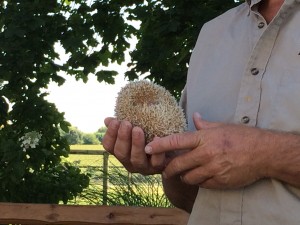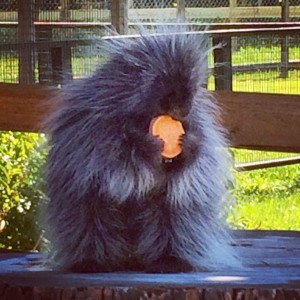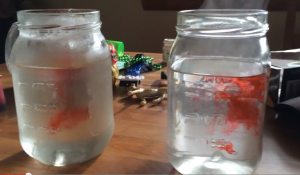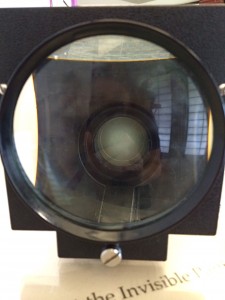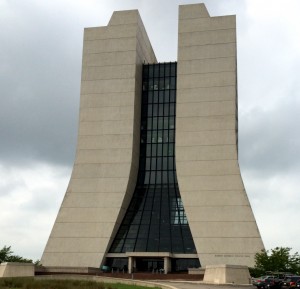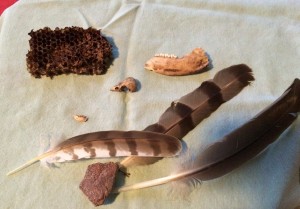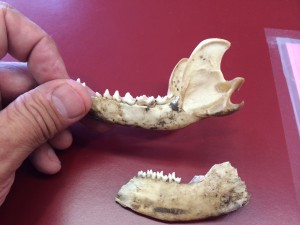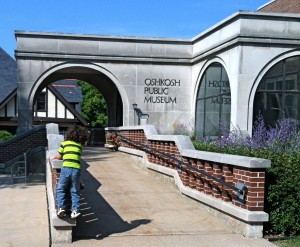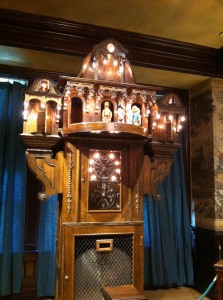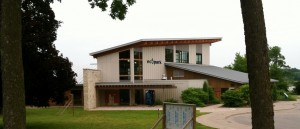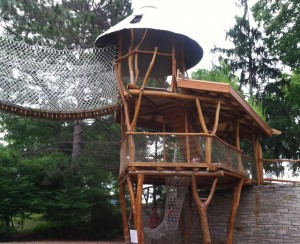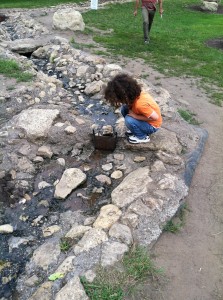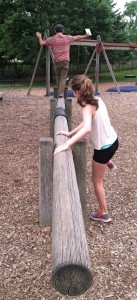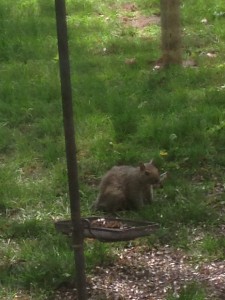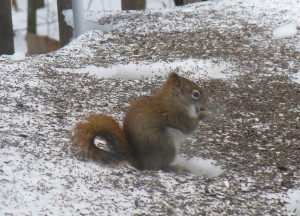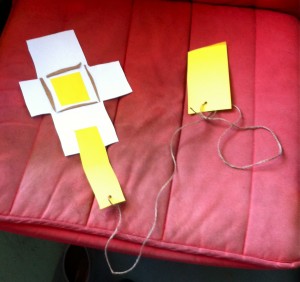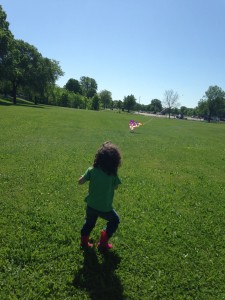 For Bluey’s birthday expedition this year, we surprised him with a trip to the Museum of Science & Industry (MSI) in Chicago. It was quite a day and a great trip!
For Bluey’s birthday expedition this year, we surprised him with a trip to the Museum of Science & Industry (MSI) in Chicago. It was quite a day and a great trip!
We don’t often go on day trips of this magnitude (a 3 hour drive each way!) – but a special occasion calls for a special event! We told Bluey and Plum about the trip a few days in advance so they’d both have time to prepare and get excited. And it worked! Our whole fam was stoked about this adventure. None of us had ever been to MSI before, so we didn’t know exactly what to expect. But everyone was ready!
A few well chosen stops along the way fueled our spirits and we arrived at the Hyde Park neighborhood museum just a few minutes after it opened. We were surprised that MSI was already getting quite full of visitors so early in the morning.
Tip1: MSI offers parking in an underground lot for $20 a day. There is NO reason to pay this fee. We found free street parking within a stone’s throw of MSI. Just read the street signs carefully.
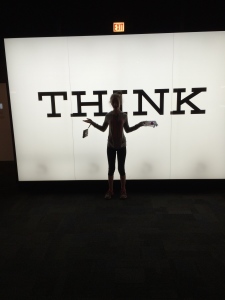 We typically visit museums on the weekend, so we were a bit thrown by the number of school groups. The nice thing about dealing with school groups is that the students are supposed to stay with their leader. So in a museum this large, we found it fairly successful to blitz past the students and find other sections of the museum to explore.
We typically visit museums on the weekend, so we were a bit thrown by the number of school groups. The nice thing about dealing with school groups is that the students are supposed to stay with their leader. So in a museum this large, we found it fairly successful to blitz past the students and find other sections of the museum to explore.
And boy, is there a lot to experience!
Tip2: We spent a long time at the Museum and probably only saw about half of it. We recommend taking time before your visit to map out exhibits that are important to you. Then come back a second time to explore the areas you missed.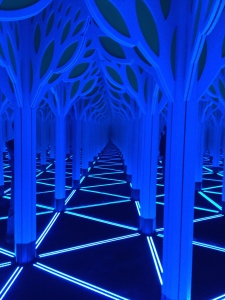
We began at the ToyMaker3000– an automated toy machine that will create a personalized gyro-top souvenir for $5. We figured this would become quite crowded later in the day and we thoroughly enjoyed having it to ourselves first thing in the morning. The assembly of the gyro-top was fascinating to watch and it was even more fun to play with the toy later that day.
Tip3: We absolutely recommend you get a free map from one of the information kiosks! There is a ridiculous amount to experience, spread out over 4 levels. You’ll need a map to guide you from one exhibit to another.
We took a break midday for a meal from the MSI food cafe. The choices were plentiful but pricey. We highly recommend you pack your own food. In good weather, you can eat on the lovely lawns surrounding the museum.
After lunch, we saw a few more exhibits. We also visited the gift shop. There are not a ton of lower price point items and in retrospect, we recommend purchasing the gyro-top and skipping the gift shop. We then we headed home, exhausted but happy.
